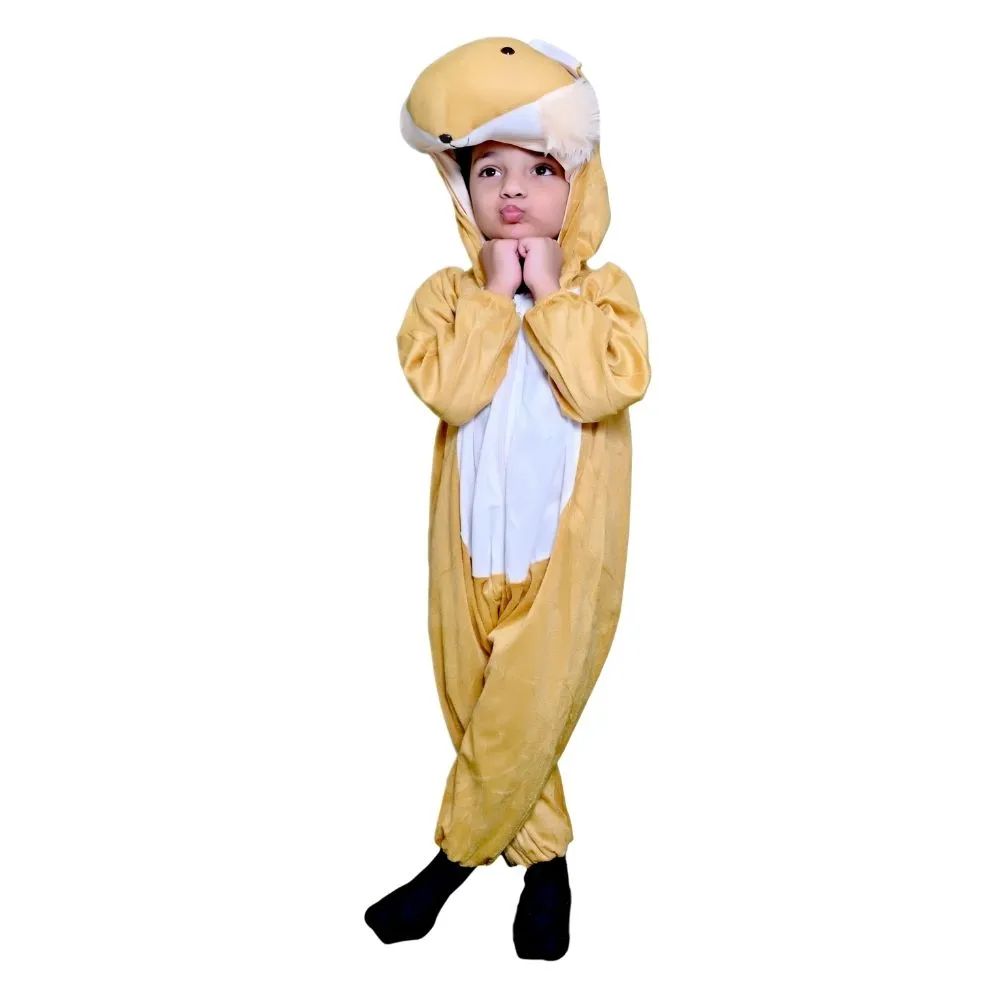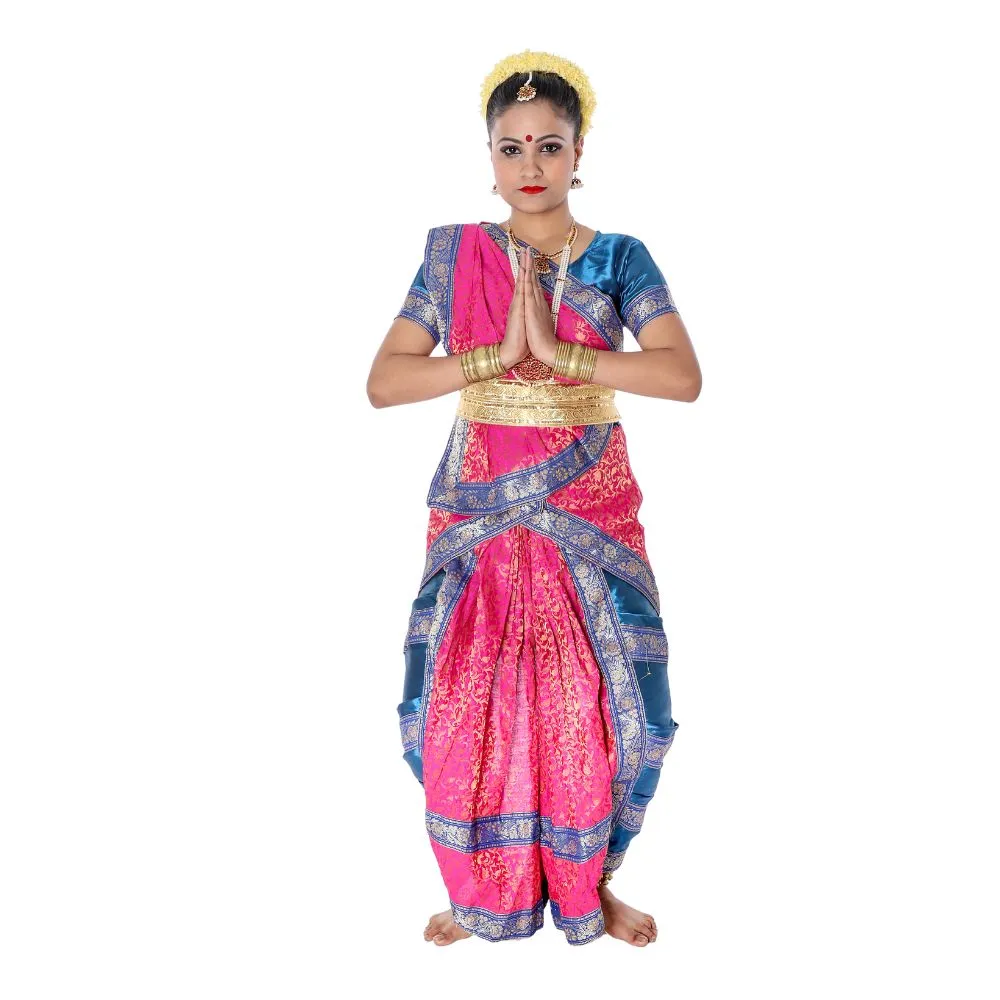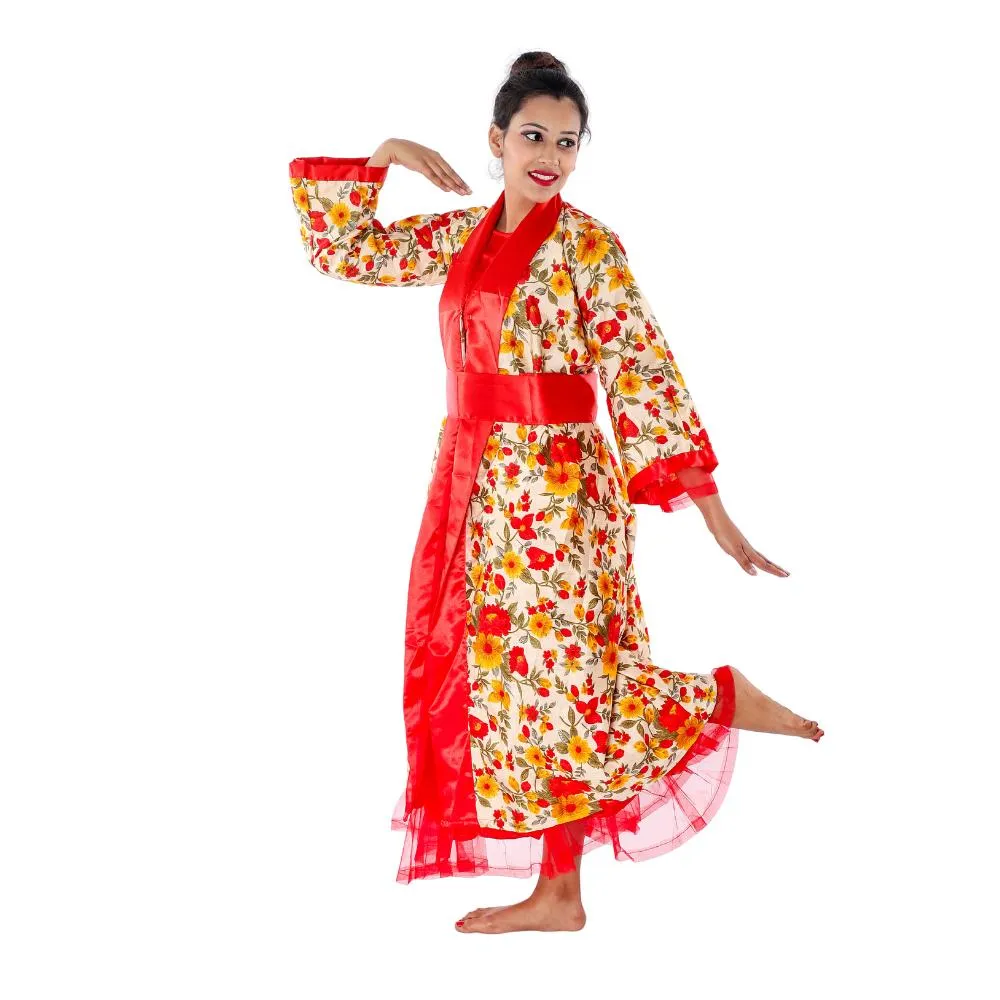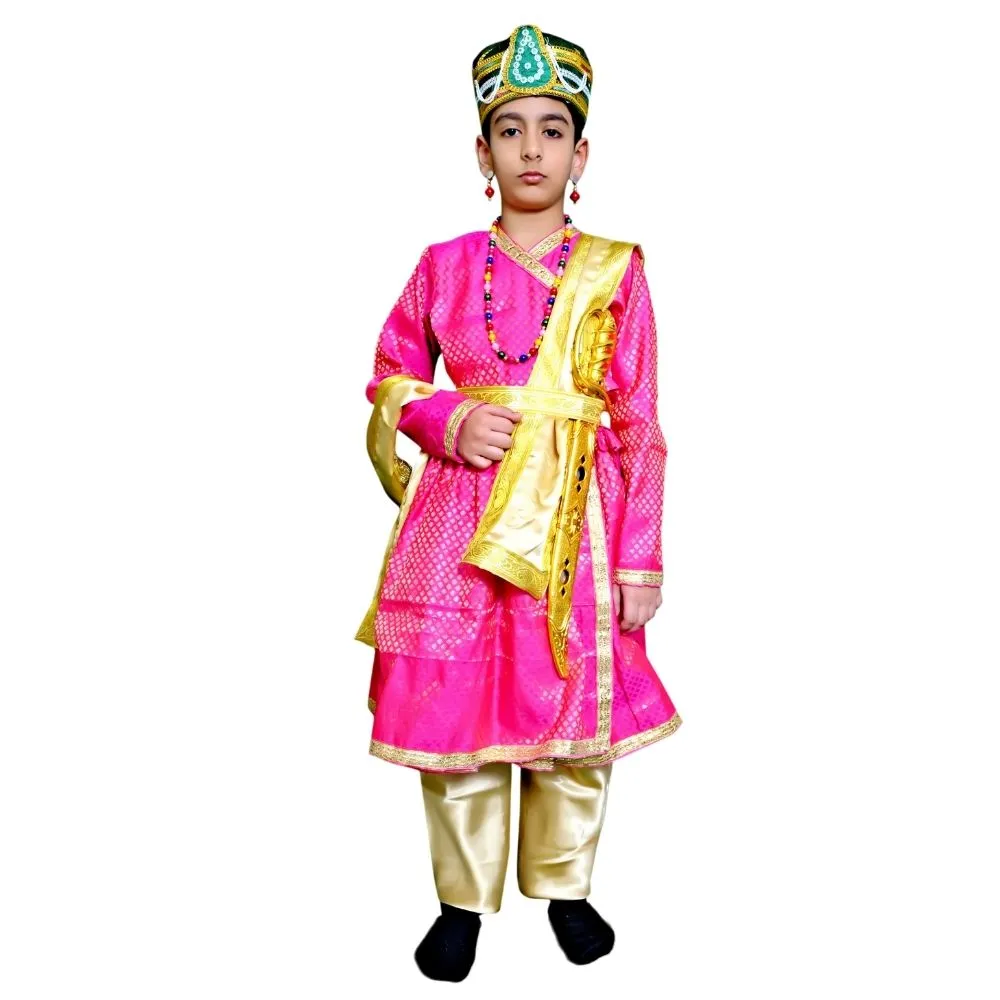Costume design is where creativity meets good workmanship in creating that truly magical production of reality. It’s not about clothes, but it has to bring life to those characters, complexity to stories, and move us on to other worlds. Just thinking of those fabulous outfits seen in movies or plays will easily make one forget the amount of time, practice, and even artistic vision spent into each costume. Next time you go to the cinema or theatre, pay homage to all those costume art works that add drama to those performances and stories.
Contents
- 1 Why Costumes Matter in Productions
- 2 How Costume Design and Manufacturing Works
- 3 Conceptualizing the Characters and Story
- 4 Fabric Choice and Procurement
- 5 Establishing the Patterns and Prototypes
- 6 Costume Design and Manufacturing 2025
- 7 Costume Building Techniques
- 8 Rental Services and Sustainability
- 9 Sanskriti Bringing Costume Magic to Life
- 10 Frequently Asked Questions
- 10.1 Q. What is the role of costume design in productions?
- 10.2 Q. How does the costume design process work?
- 10.3 Q. Can the costume production company cater to specialized costume needs?
- 10.4 Q. What is the turnaround time for costume manufacturing?
- 10.5 Q. Does the costume production company offer customization services?
- 10.6 Q. Are the costumes available for rental purposes?
- 10.7 Q. How does the company ensure sustainability in costume production?
- 10.8 Q. Can clients provide feedback on costume designs and services?
- 10.9 Q. What kind of specialized equipment does the production facility have?
- 10.10 Q. Does the company offer costume consultation services for events and performances?
Why Costumes Matter in Productions
Costumes stand for much more than just dressing of the body. They constitute a significant part of narration. They help us understand what the character is all about; where he comes from and even their emotional state in without saying a word. Whether it’s a historical drama, a science adventure, or an epic of historical fiction, the right costume can momentarily take you back in time or elsewhere.
Consider it: a historical drama would not be believable without authentic costumes, while a fantasy film would not have the same impact unless there were those elaborate, otherworldly outfits. A good costume design says less about how the character looks fantastic, but more about the story. Costumes are like a visual shortcut-enriching everything else happening on screen or stage.
How Costume Design and Manufacturing Works
Perhaps the most important thing in designing and creating costumes is that it doesn’t happen overnight. It involves a lot of collaboration, much skill, and in-depth understanding of theatre. From research to the final fitting, every step is well-thought out.
Roughly, the process runs like this
Research
There is an appropriate dive in script, historical periods, or themes before any fabric is actually cut. Inputs are taken from various sources-the real world, art, and pop culture-to build the foundation of designs.
Conceptualization
Since their research work is out of the way, designers now start to conceptualize what each costume will be. They think about how each costume will speak of the character’s personality, background, and emotional journey.
Fabric choice is also critical
The fashion designer has to choose materials that look good but are also gentle for the actors to wear. For period pieces, designers could really go out and look for the authentic materials to be used, while futuristics use some material which has never really been seen before.
Pattern making and prototyping
Creating sketches and sometimes prototype to be checked in terms of fit and look. It is an important step, which has to be undertaken to ensure everything fits and looks right before full production.
But the real magic happens during the construction of costumes. These workshops are meant for skilled seamstresses, tailors, and artisans who bring designs to life. Sometimes, this involves sewing or tailoring and, of course, beading, embroidering, and even some special accessories.
Conceptualizing the Characters and Story
Designing a really effective costume calls for knowing the character inside out and out. In considering what the character might wear, designers go far beyond merely what that person might be wearing. They consider age, social status, profession, as well as the emotional arc in which the character has for his story.
For instance: on-screen, an exalted aristocrat will be dressed in a highly ornate costume, more elaborate than that for a street-smart character from the same time period. In this context, costuming must be more than just a fashionable dress-on-the-surface; it has to represent the character’s story extension. It is subtly balanced between aesthetics, storytelling, and practical sense where, above all, the acting space remains unfettered to allow the actor complete freedom of movement and action.
Fabric Choice and Procurement
Fabric is the lifeblood of costumes; it can truly make or break a design. When it is on and right, a character comes alive; when it is wrong, the look is shot. Costume designers have to be very discriminating about the kinds of fabric they use. It makes for a big difference between the heavy, free silk of a gown and a heavy velvet dress. The cloth can even change the way an actor moves or the way the audience views a character.
And then there’s the reality check: the fabrics used need to be able to withstand days, even weeks, being worn continuously on a set or throughout a run of live shows. Able to last from day to day and day to day of continuous use, they should not, of course, fade or deteriorate but look freshly made for performance after performance. It’s not uncommon for practitioners to go to extremes to seek out unusual or difficult-to-find materials to really make that costume feel authentic, or literally, otherworldly, for a particular production.
Establishing the Patterns and Prototypes
Once the design is settled upon, and the fabric is decided upon, then pattern-making can be initiated. This is when the costume begins to come together in a basic form. The patterns are basically the whole blueprint of the garment. Therefore, the designer must ensure that they come in the right size and fit for the actor before moving ahead. And even then, prototypes are made to test everything so that the costume will move well with the actor and won’t restrict any movements of the actor.
It is here when the alterations are done. A sleeve may be too tight; a skirt maybe too long-the designers have to work on this with the actor and the team in order to get it right. Sometimes, the costume eventually changes during this, and the original design is adjusted a little to perfect it.
Costume Design and Manufacturing 2025

Fox Fancy Dress Custome
M.R.P. ₹2,999 ₹499.00

Bharatnatyam Dance Fancy Dress Costume in Magenta and Blue
M.R.P. ₹2,999 ₹1,499

Japanese Fancy Dress Costume For Girls Red Color
M.R.P. ₹2,999 ₹999.00

Mughal Emperor Sultan Fancy Dress Costume
M.R.P. ₹2,999 ₹1,924
Costume Building Techniques
Once the concept and the prototype are refined to perfection, then it is the professional artists who work their way into making the costume. This will require great tailoring and sewing skills. Every part then would be done according to how it was visualized in the original concept. High-end costumes will also incorporate such things as intricate stitching and all sorts of embellishments, for example, embroidery, beads, or sequins.
For some costumes, you will need special accessories like armor, masks, helmets, even weapons like swords or shields. These usually create in consultation with prop makers to ensure they are coherent and add to the overall visual impact of the production.
Rental Services and Sustainability
Renting might be more pragmatic for many productions. Companies let out huge collections for use in everything from theatre plays to cultural events. There are a lot of options, and many different prices depending on the needs of the project, just like in rental.
Along with this, several companies opt for sustainability that makes use of eco-friendly fabrics as well as methodologies while designing. Whenever possible, recycling upcycle those textiles and clothing minimizes waste and motivates the fashion world to be more environmentally friendly. All these efforts could help productions be more environmentally friendly yet fabulous.
Sanskriti Bringing Costume Magic to Life
Among the various companies that truly stand out in terms of costume designing, there is Sanskriti, one of the standout companies for creating some amazing costumes for plays and movies and making presence with cultural events. The imagination and their workmanship on designing unique pieces reflecting different cultures and times stand for each of them, keeping abreast of details from choosing the right fabric to ensuring a perfect fit for each of the costumes.
Whether it is a traditional costume or something coming from the fantasy world, Sanskriti brings characters to life in the most artistic and authentic way possible. Their team coordinates very closely with clients for some custom designs so that the costumes created correspond to the vision of the production and still hold high on quality.
In costume design, so much is happening behind the curtains of what viewers perceive. Actually, the process from research to creation requires a great deal of skill, patience, and an eye for detail. Whether it is old times, fantasy, or modern, every costume plays an important role in the story’s context that helps bind the audience to the world on screen or stage.
Frequently Asked Questions
Q. What is the role of costume design in productions?
A. Costume design plays a crucial role in productions as it helps bring characters to life and enhances storytelling. Costumes reflect the personalities, time periods, and settings of the characters, creating visual depth and authenticity.
Q. How does the costume design process work?
A. The costume design process involves several stages, starting with conceptualization and ideation. Designers research, gather inspiration, and collaborate with production teams to develop costume concepts. Fabric selection and sourcing follow, evaluating suitable materials for the designs. Pattern making and prototyping ensure proper fitting and comfort before costume construction techniques are employed.
Q. Can the costume production company cater to specialized costume needs?
A. Yes, the company offers specialized costume services, including historical and period costumes, fantasy and sci-fi costumes, and costume styling and consultation. They collaborate with theatrical and film productions, tailoring their services to unique requirements.
Q. What is the turnaround time for costume manufacturing?
A. The turnaround time for costume manufacturing varies depending on the complexity of the designs and the quantity needed. The company strives to maintain efficient workflows and timely deliveries to meet production schedules.
Q. Does the costume production company offer customization services?
A. Yes, the company provides customization and tailoring services for clients with unique requirements. They offer custom-made costumes and ensure that each design fits perfectly and aligns with the client’s artistic vision.
Q. Are the costumes available for rental purposes?
A. Yes, the costume production company offers an extensive collection of costumes available for rental. They have different rental duration options and rates to suit various needs.
Q. How does the company ensure sustainability in costume production?
A. The costume production company practices sustainability by using environmentally friendly materials and methods. They also prioritize responsible costume disposal and recycling to minimize waste and promote eco-conscious practices.
Q. Can clients provide feedback on costume designs and services?
A. Yes, the company welcomes client feedback and reviews. They value client input and continuously strive to improve their services based on the feedback received.
Q. What kind of specialized equipment does the production facility have?
A. The state-of-the-art production facility is equipped with advanced tools and equipment that ensure precision and efficiency in costume manufacturing. The company invests in the latest technology to maintain high-quality standards.
Q. Does the company offer costume consultation services for events and performances?
A. Yes, the costume production company provides costume styling and consultation services for events and performances. They collaborate with clients to create visually captivating and impactful costumes that complement the overall production.